MachineLearning
Latest
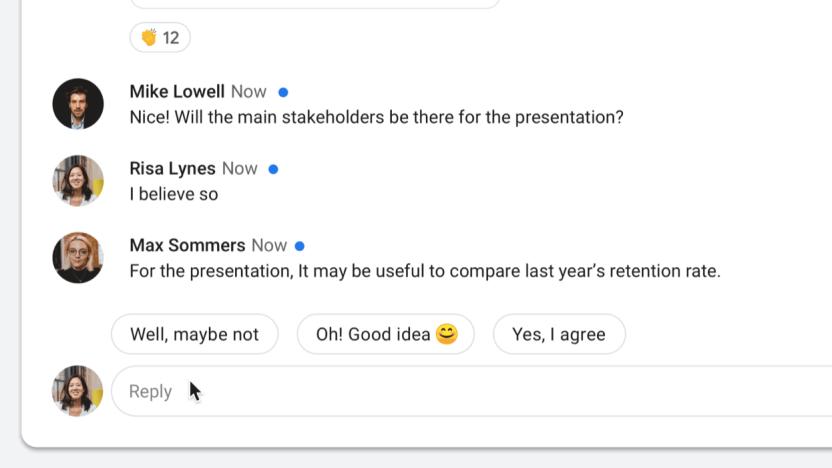
Google brings Smart Reply to Hangouts Chat
Google is incorporating its Smart Reply feature into Hangouts Chat, giving users up to three reply options that they can quickly select, edit and send. The company said the feature is backed by machine learning similar to what's behind Gmail's Smart Reply, adding that the move is part of its larger effort to bring these sorts of tools to all of G Suite. Google announced earlier this year that it planned to bring the feature to more chat apps.
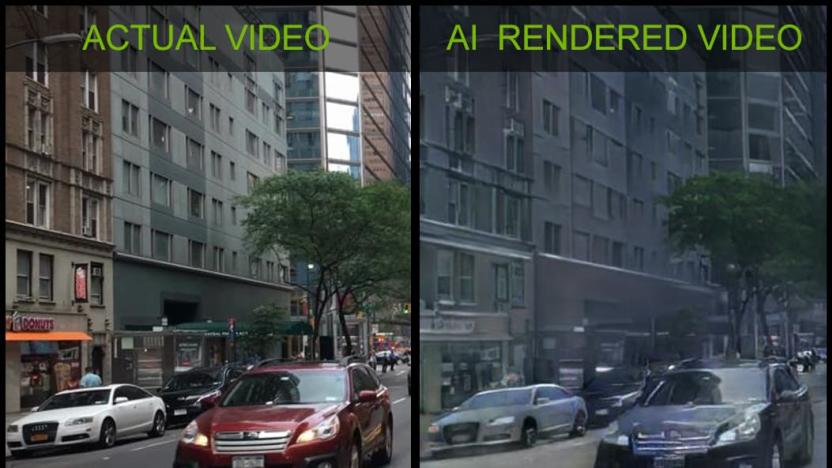
NVIDIA's new AI turns videos of the real world into virtual landscapes
Attendees of this year's NeurIPS AI conference in Montreal can spend a few moments driving through a virtual city, courtesy of NVIDIA. While that normally wouldn't be much to get worked up over, the simulation is fascinating because of what made it possible. With the help of some clever machine learning techniques and a handy supercomputer, NVIDIA has cooked up a way for AI to chew on existing videos and use the objects and scenery found within them to build interactive environments.
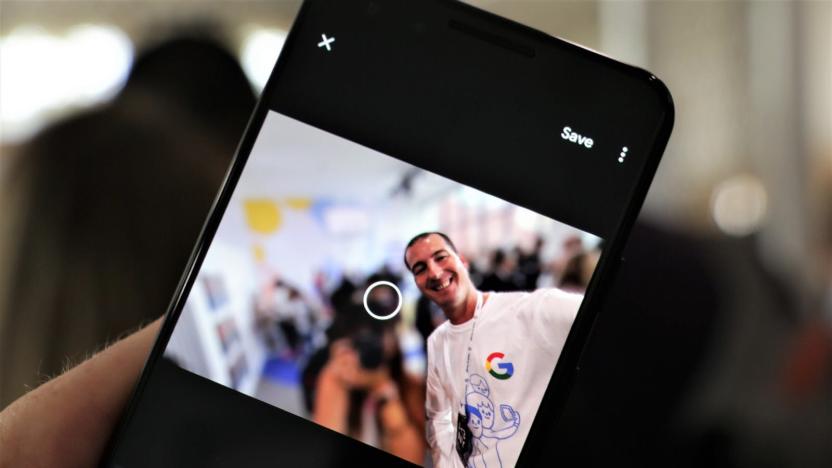
Google explains the Pixel 3's improved AI portraits
Google's Pixel 3 takes portrait photos that are more accurate than its predecessor could take when new, which is no mean feat when you realize that the upgrade comes solely through software. But just what is Google doing, exactly? The company is happy to explain. It just posted a look into the Pixel 3's (or really, the Google Camera app's) Portrait Mode that illustrates how its AI changes produce portraits with fewer visual glitches.

Inside Chronicle, Alphabet’s cybersecurity moonshot
Fifteen years ago, cybersecurity could be boiled down to a simple strategy: Secure the perimeter. Experts fought against malware and other nefarious code by implementing firewalls and other point-of-entry defenses. Since then, however, companies have moved their operations online and allowed employees to bring their own devices (BYOD) to work. The so-called perimeter has dissolved in the process, forcing security practitioners to prioritize tracking, understanding and ultimately making judgments about the information flowing both inside and outside of their company.

AI faithfully recreates paintings with the help of 3D printing
It's easy to get a basic reproduction of a painting, but getting a truly accurate copy is harder than you think. Modern 2D printers typically only have four inks to work with, which simply won't do if you're trying to mimic a classic. Researchers at MIT's CSAIL might have a much better solution -- they've developed RePaint, a system that recreates artwork using an AI-guided 3D printer. The technology promises color-accurate reproductions even in less-than-flattering conditions.

NBCUniversal is using machine learning to make ads more relevant
Advertisers have been targeting their messages to relevant media for as long as advertising has existed. Kids' TV channels are awash with toy commercials, breaks during wedding shows are full of ads for honeymoon destinations and so on. But now, NBCUniversal has adopted a new machine learning tool that makes the placement of ads on TV more exact, relevant and timely.

Amazon opens up its internal machine learning training to everyone
Amazon announced today that it's making the machine learning courses it uses to train its engineers available to everybody for free. The coursework is tailored to four major groups -- developers, data scientists, data platform engineers and business professionals -- and it offers both foundational level lessons as well as more advanced instruction. "Each course starts with the fundamentals, and builds on those through real-world examples and labs, allowing developers to explore machine learning through some fun problems we have had to solve at Amazon," Amazon said in the announcement. "Coursework helps consolidate best practices, and demonstrates how to get started on a range of AWS machine learning services, including Amazon SageMaker, AWS DeepLens, Amazon Rekognition, Amazon Lex, Amazon Polly and Amazon Comprehend."

Microsoft’s new experimental app is all about imitating emojis
Microsoft has released a new app that aims to demonstrate how its Windows Machine Learning APIs can be used to build apps and "make machine learning fun and approachable." Emoji8 is a UWP app that uses machine learning to determine how well you can imitate emojis. As you make your best efforts to imitate a random selection of emojis in front of your webcam, Emoji8 will evaluate your attempts locally using the FER+ Emotion Recognition model, a neural network for recognizing emotion in faces. You'll then be able to tweet a gif of your top scoring images.

After Math: They're on the move
With the president's made up migrant caravan crisis having mysteriously vanished now that the midterms are over, it's time to take a look at the other movers and shakers from the industry this week. Volkswagen announced the development of a $23k Tesla rival, China has developed security cameras can now ID people by their gait, and Google's built a computer model to guess which restaurants will give you the runs.

The New York Times taps Google's AI to find stories in old photos
The New York Times has somewhere in the realm of five to seven million physical photos in its enormous archive, many of which date back more than a century. The images document vital moments and contain valuable records of our recent history, but the hard copies are vulnerable to deterioration (they fortunately survived flooding in 2015). To protect the photos, the Times is digitizing the archive with Google Cloud.

Google model identifies restaurants that could give you food poisoning
Google could soon tell you which restaurants are more likely to give you food poisoning, thanks to an algorithm that can identify lapses in food safety in near real time. Working with researchers from Harvard University, Google tested a machine-learned model in Chicago and Las Vegas to identify user search queries such as "stomach cramps" or "diarrhea", and then cross-referenced them with saved location history data -- in particular recently-visited food establishments -- from the smartphones used to make those searches.
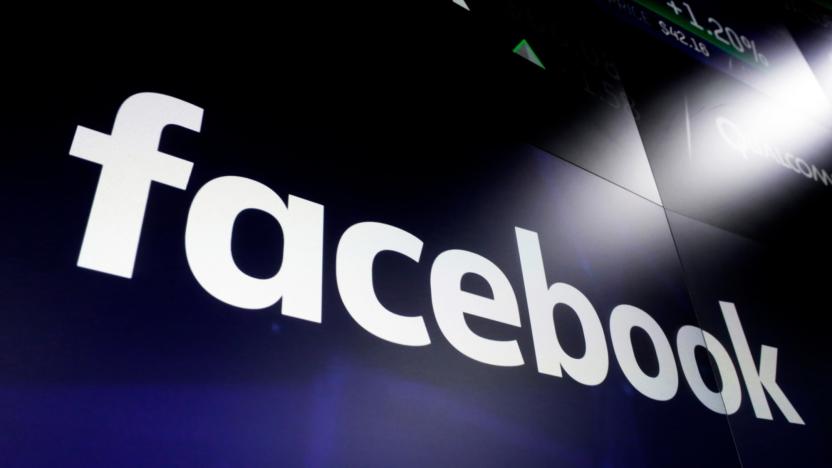
Facebook open-sources its Horizon AI platform
If you could crack open Facebook and see the gears turning under the social network's face, you'd find a surprising amount of artificial intelligence being applied in all sorts of ways. As of today, the company is pulling back the curtain and making Horizon -- the company's end-to-end applied reinforcement learning platform that helps fine-tune that AI -- open source.
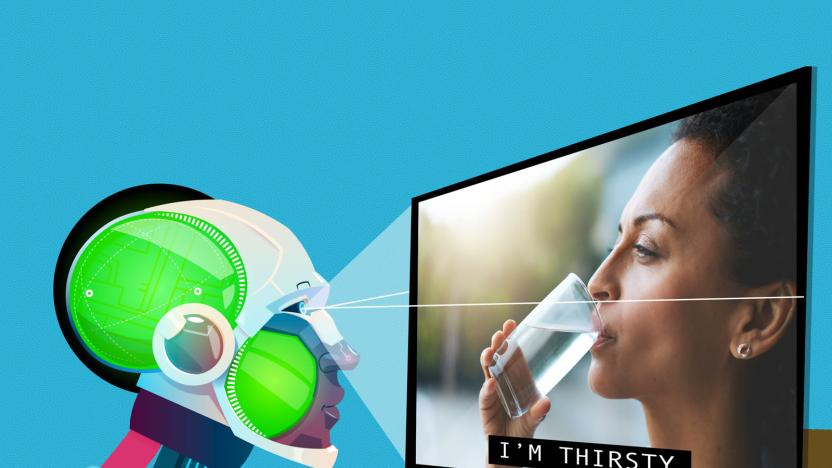
MIT-developed AI learns language like a child does
When you teach language to AI systems, you typically use annotations that describe how words work. But that's not practical in many cases -- even if everybody agrees on those annotations, they often take a lot of time to produce and can still seem unnatural. MIT's solution? Have AI learn like a child. Its researchers have developed a parser that imitates kids' learning processes by observing scenes and making connections.

Google Gboard creates emoji-style stickers that look like you
Emoji are more expressive than ever, but the odds are that you'll never be completely represented no matter how many new characters there are. Google, however, has a simple solution: create your own emoji. It's expanding Gboard's Minis with stickers that recreate your face in a range of emoji-style expressions. If you dye your hair, pierce your nose or wear a stylish hat, you can share that look when you send someone a "hug" or "yum."
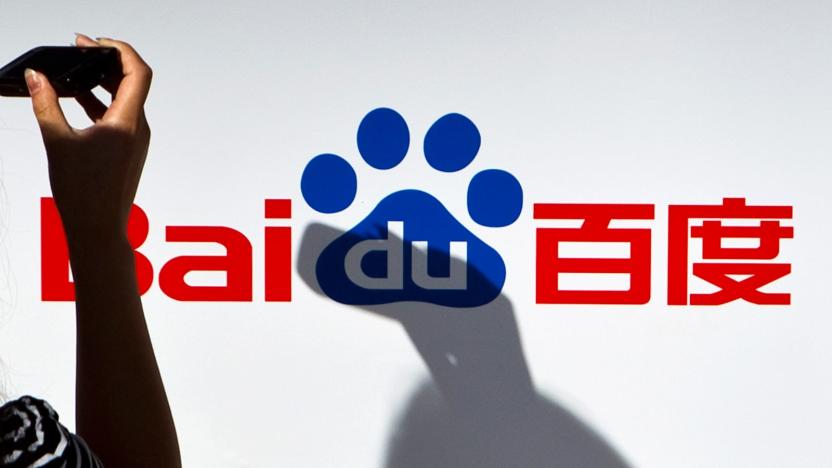
Baidu develops its own take on real-time translation
Google isn't the only big game in town when it comes to real-time translations. Chinese search giant Baidu has developed its own system, STACL (Simultaneous Translation with Anticipation and Controllable Latency). Like its rival, it can start translating within a few seconds, without waiting for people to pause. Baidu, however, is counting on flexibility as its ace in the hole.

These AI-generated fortunes are just as mysterious as the real thing
Fortune cookies are as American as baseball and apple pie. Initially popularized in California at the turn of the 20th century, these after meal treats have long counseled casual diners with sage advice, prophetic phrases and lucky numbers. But why should humans have all the fun in crafting these meditative Mad Libs?
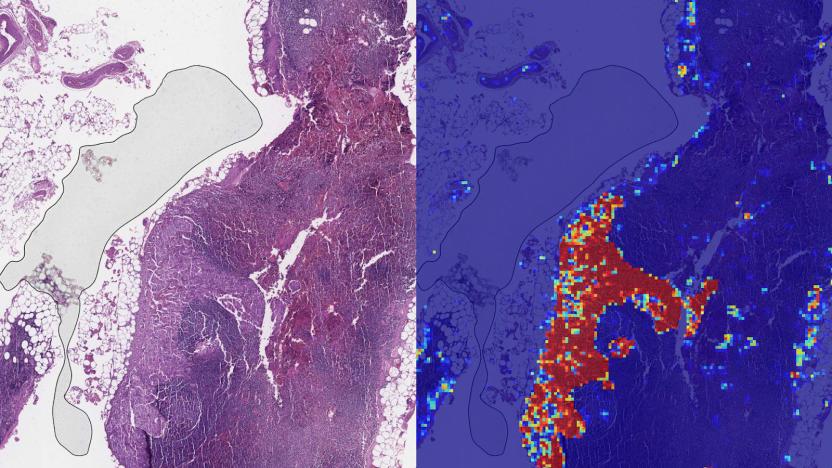
Google AI can spot advanced breast cancer more effectively than humans
Google has delivered further evidence that AI could become a valuable ally in detecting cancer. The company's researchers have developed a deep learning tool that can spot metastatic (advanced) breast cancer with a greater accuracy than pathologists when looking at slides. The team trained its algorithm (Lymph Node Assistant, aka LYNA) to recognize the characteristics of tumors using two sets of pathological slides, giving it the ability to spot metastasis in a wide variety of conditions. The result was an AI system that could tell the difference between cancer and non-cancer slides 99 percent of the time, even when looking for extremely small metastases that humans might miss.

Microsoft deal with Grab brings its AI, cloud tech to ride-hailing
Earlier this year Uber sold off its ride-hailing business in southeast Asia to a competitor, Grab, which is now raising $3 billion to further expand operations. Today Microsoft announced it's making a "strategic investment" in Grab, as the two launch a "broad partnership" to use Microsoft's machine learning and AI tech. The first step is adopting Microsoft's Azure servers as the cloud platform backing Grab's ride-hailing and digital wallet. After that the plans get bigger, as it anticipates using machine learning and image recognition to let passengers share their location with a driver by taking a picture of their surroundings that the system recognizes and converts into an address. Otherwise it could handle recommendations, improve fraud detection, improve its maps or power facial recognition to identify drivers and passengers. There are also non-AI powered parts of the arrangement, like in-car entertainment systems, linked rewards programs and integration with Outlook. Like Uber, Grab is building a platform to do a lot more than have a stranger come pick you up in their car, while for Microsoft, all of this seems similar to its efforts to compete with Amazon in building more-connected grocery and retail stores and dominate developing back-end technology to control everything. Microsoft didn't say how much it's investing in Grab, but Japan's Softbank is reportedly investing $500 million, while Toyota already announced it's in for $1 billion.

AI catches fake news by gauging the accuracy of its source
Internet giants are getting better at countering fake news. For the most part, though, they screen content on a story-by-story basis and only block entire outlets well after they've done significant damage. Researchers from MIT's CSAIL and Qatar's Computing Research Institute might have a better solution: use AI to measure the quality of the source. Their machine learning algorithm uses collections of existing articles to gauge the accuracy and bias of a given outlet on the assumption that a fake news peddler or spin factory isn't about to change its ways. Rather than focusing on the claims themselves, it studies the language used to express those claims.
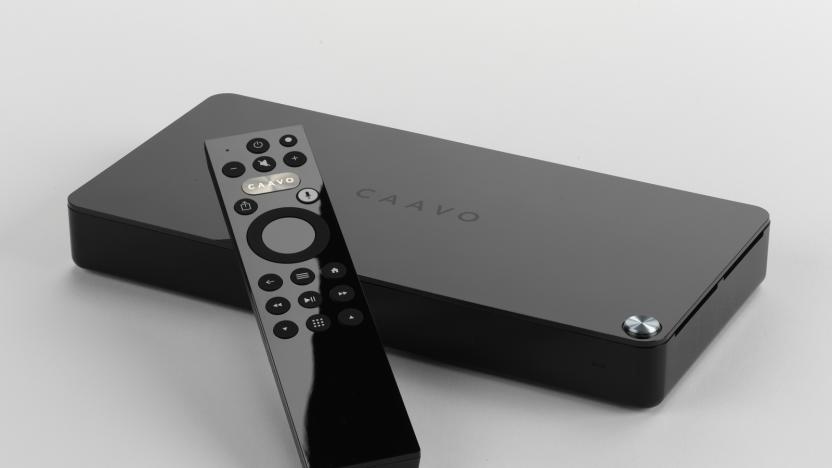
Caavo's universal streaming remote packs machine vision for $100
Caavo's first shot at a smart universal remote (and the hub to match) was clever, but expensive -- at $399, you had to be a serious enthusiast to enjoy it. You might not have those qualms this time around. The company has unveiled the Control Center, a combination remote and hub that includes much of the intelligence with a $100 up-front price (more on that later). It gets there in part by cutting many of the bordering-on-overkill features you saw in the original hardware. Gone are the wood panels, the hidden browser to sign you into services, an infrared adapter and half of the eight HDMI inputs. The core, however, is familiar: it's a media center overseer that uses machine vision to juggle all your devices.








